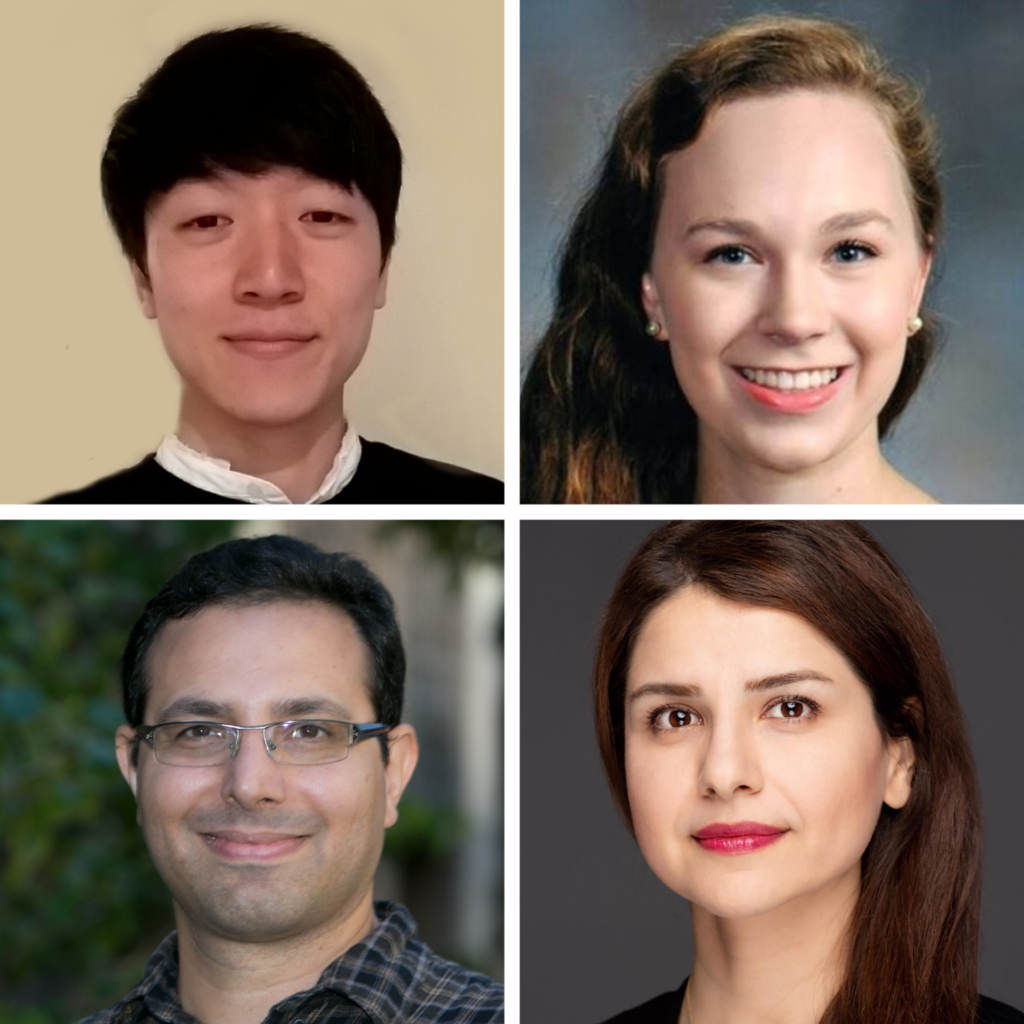IEOR and ME researchers win best student paper award at 2020 American Control Conference
The Department of Industrial Engineering & Operations Research at the University of California, Berkeley is excited to announce that work jointly done by IEOR and ME student researchers has been awarded best student paper at the 2020 American Control Conference (ACC) for the paper titled “Homotopy Method for Finding the Global Solution of Post-contingency Optimal Power Flow.”
The ACC accepts around 1,000 papers for each annual conference and only one paper is selected for the best paper award.
Researchers collaborating on the project included IEOR PhD student SangWoo Park, ME PhD student Elizabeth Glista, IEOR associate professor Javad Lavaei, and EECS assistant professor Somayeh Sojoudi.

The IEOR department followed up with SangWoo Park to get more information on what made the research particularly influential.
IEOR: Congratulations on winning the best student paper award at the 2020 American Control Conference (ACC) for your paper “Homotopy Method for Finding the Global Solution of Post-contingency Optimal Power Flow.” Can you tell us a bit about the research?
SangWoo Park: The goal of the optimal power flow (OPF) problem is to find a minimum cost production of committed generating units while satisfying technical constraints of the power system. To ensure robustness and resiliency of the network, the system must be able to find new operating points within the technical limits in the event of component failures such as line and generator outages (also called contingencies). However, finding an optimal, or even a feasible, preventive/corrective action may be difficult due to the innate nonconvexity of the problem. The common practice in the industry is to use local search based algorithms for solving these problems, which only guarantee a suboptimal solution and jeopardize the operation of the grid. Techniques that guarantee finding the global solution have been proposed in the literature; however, they are either restrictive or time-consuming due to the existence of thousands of contingency scenarios. In this research, we propose a homotopy method that creates a series of fictitious power networks connecting the OPF of the pre-contingency network and the OPF of the post-contingency network, which can be solved iteratively via local search algorithms. Then, we develop conditions under which this sequence of problems will lead us to the global optimum of the OPF problem for each contingency.
IEOR: We understand that around 1,000 papers were accepted at the conference. What do you think was different about this research that helped it win the top award?
SP: I think our paper has three unique features. It studies a real-world problem that is becoming more and more important as the society moves towards having sustainable and resilient energy systems. It is the first work offering how to address the computational challenges of post-contingency OPF under thousands of scenarios. It has case studies on real data.
IEOR: Can you tell us a bit about the impact of this research? What kind of effect could it have on power systems and power flow? How will it affect future research?
SP: We introduce an effective and fast class of algorithms that can let the operator compute appropriate actions in case of faults and failures. With events like the 2018 Campfire in California, the role of computational methods with theoretical guarantees is becoming crucial. Addressing post-contingecny OPF is a requirement for ensuring the safe operation of future sustainable and resilient power grids.
IEOR: Are there specific problems that you will explore next in this area of research?
SP: It turns out that the way we design the sequence intermediate problems (i.e. the homotopy path) is critical in the success of finding the global solution of the problem that we wish to ultimately solve (OPF for contingency). Therefore, future research will focus on how to design an effective homotopy path for a wide range of contingency OPF problems. Furthermore, this is a framework that applies to a general system of nonconvex problems that are connected through a single base problem. Therefore, many other applications can be analyzed through this framework, and we could potentially study other systems where our theory can also apply.